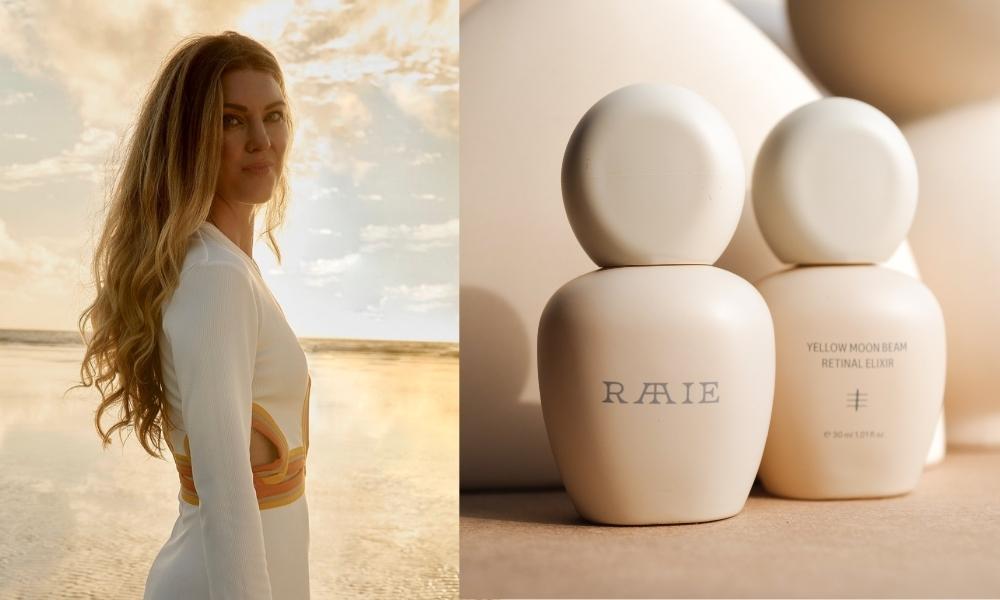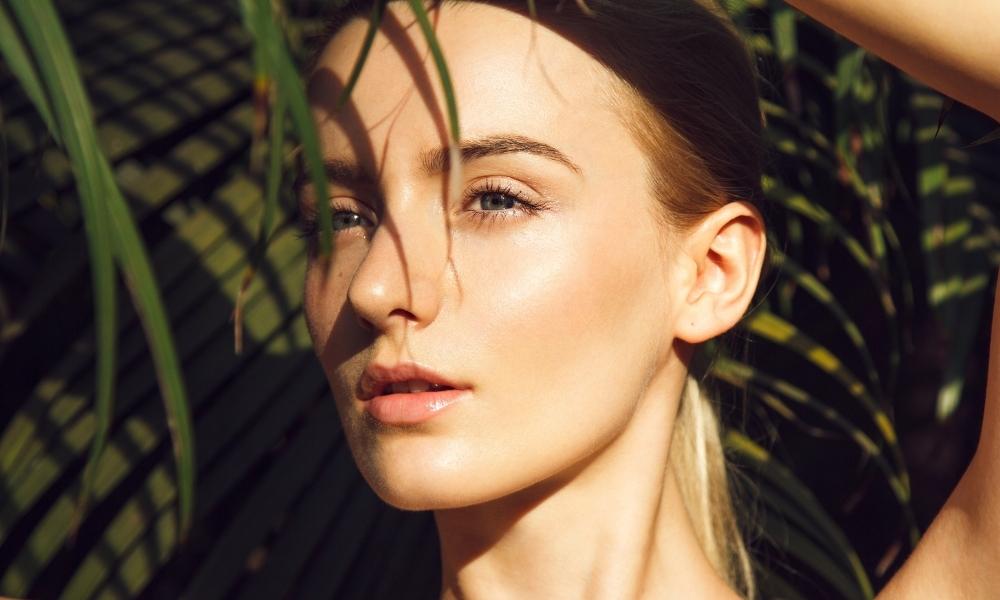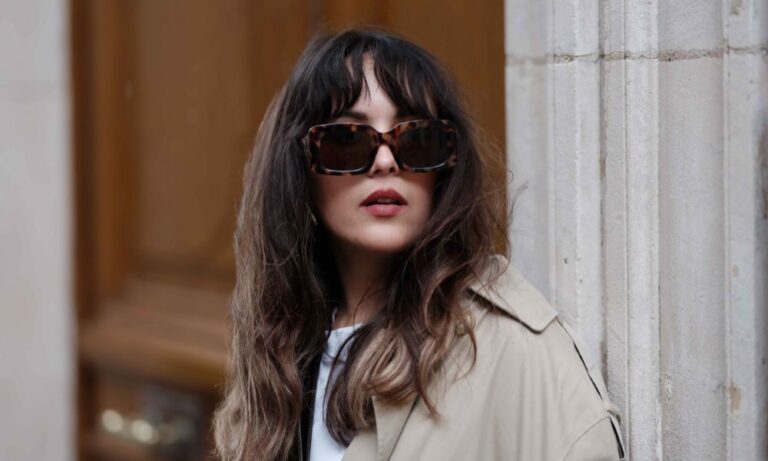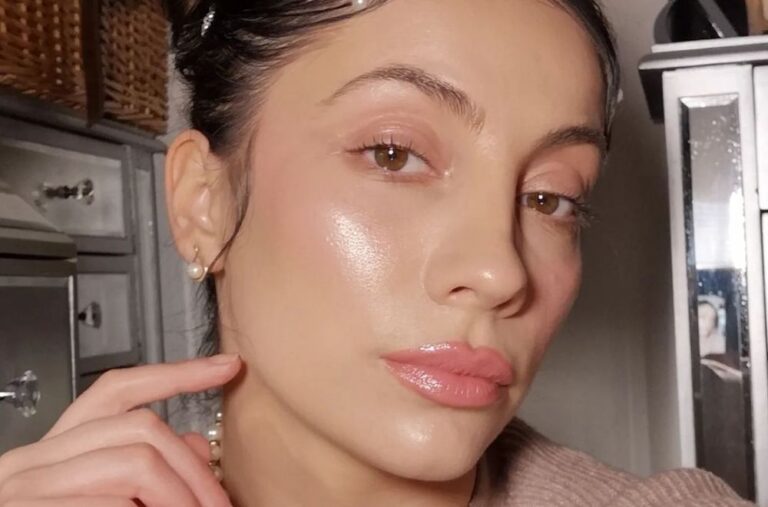Even if you only have a passing interest in skincare, you’ve likely heard of retinol.
The skincare ingredient is one of the most well respected and researched ingredients globally for tackling the signs of aging in skin.
A form of Vitamin A, it’s used to target wrinkles, loss of firmness, uneven skin tone, clogged pores, acne, dark spots, dullness … the list goes on.
But recently we’ve been hearing a lot about another ingredient, the very similarly named retinal, that is starting to get a bit of buzz for it’s skin-transforming results.
Retinal, like Retinol, is part of a group of vitamin A derivatives and though it is said to provide similar similar skin-boosting results, it has some key differences. Experts say the big one is the time it takes to make an impact.
We asked Katey Mandy, creator of new New Zealand skincare brand RAAIE, to explain exactly why retinal is gaining popularity, who it suits and how to use it in your routine.
What is retinal and how does it differ from retinol?
Katey: Retinol and retinal are both forms of Vitamin A. All hail Vitamin A! If there is one thing to add to your skincare routine, it is Vitamin A. Vitamin A is every skincare lover’s favourite wrinkle-reversing, firming, all-star miracle worker. But all Vitamin A’s are not created equal.
There are three forms of vitamin A: retinol, retinoic acid (sometimes known as Tretinoin) , and the new-kid-on-the-block; retinal. Collectively they are known as retinoids.
Retinal is actually a different molecule to retinol. Retinal is more easily metabolised by your skin so it works 11 times faster than retinol and with less irritation.
In short: retinal gives you faster results than retinol without the downsides.
The reason we haven’t heard as much about retinal is because it has traditionally been very hard to stabilise, but recently scientists have found a way to encapsulate retinal into tiny bubbles which protect the potency of the ingredient until it meets your skin.

Katey Mandy is behind RAAIE, a skincare brand that prioritises botanical extracts, including NZ natives, in pursuit of healthy, dewy, glowing skin.
What skin types or skin challenges does it suit and how does skin benefit?
Vitamin A is the gold-standard for anti-aging, it improves visible sun damage, fine lines and wrinkles. It accelerates skin cell renewal and increases collagen production. Because it also exfoliates the skin, it also targets acne breakouts and tightens the look of pores.
How do you use retinal and are there any side effects?
The trade-off for these incredible results has been known as the ‘retinol purge’, whereby you get temporary breakouts, redness, and/or peeling during the initial adjustment phase. However, because retinal releases slowly into the skin overnight, it’s much more gentle on the skin and we don’t see the same levels of purging.
It’s still a good idea to gradually work it into your skincare routine as it’s a powerful ingredient. Start out using it every third night for two weeks, then every other day for two weeks. Don’t exfoliate on the nights you use retinoids because it may cause irritation.
How would you use it in a routine with other products?
RAAIE’s Yellow Moonbeam Retinal Elixir combines retinal with other ingredients that soothe the skin like niacinamide (soothing), squalene (hydrating), bakuchiol (smoothing) as well as calming New Zealand botanicals like native marine algae (hydration and nourishment), wild-harvested alpine rosehip (full of fatty acids which softens skin and improves skin barrier function) and native harakeke flax (eases redness and irritation).
After cleansing at night, apply the elixir on dry skin. There are many active ingredients in this elixir so its like five serums in one, so you can just leave it at that, or you can lock it all in with a simple moisturiser or oil.
Is it safe to use in summer?
Vitamin A makes your skin more sensitive to the suns rays, so it’s important to use it only at night, and follow up with a good SPF (SPF30 or higher) the following morning, even if you are inside. You should also be careful to reapply sunscreen throughout the day and wear a hat if you can. But these are all basic steps we need to take for the harsh New Zealand sun anyway. Assuming you are taking these steps, retinal is safe to use through the summer months. The added benefit of starting it in the summer is the air has more humidity, so there is less potential for skin to get dry and irritated.







